Christmas in Poland
Christmas is a special time for the residents of the region within the fold of the Association of Cities and Communes of the Parsęta River Basin. It is celebrated with minute attention to detail and great appreciation of this rich, festive tradition. Each one of Poland's regions celebrates Christmas festivities in a slightly different way, mainly in view of diverse reginal dishes reigning on the Christmas table.
This year's Christmas is certainly going to be different from the past, due to the government restrictions imposed in response to COVID-19 pandemic, one of them regarding the admissible maximum limit of persons attending all family gatherings. One thing will remain the same, though, i.e. traditional Christmas Eve dishes and customs which make those festivities so unique and special.
On Christmas Eve Vigil, members of each household decorate the Christmas tree and get themselves ready for Christmas Eve dinner. It is supposed to take place after dark, upon the appearance of the "first twinkling star" in the sky, which is a direct reference to the Bethlehem Star heralding the birth of Jesus. The dinner begins with a prayer and a reading of an excerpt from the Gospel. Afterwards, all the attendees share a Christmas wafer and wish one another all the very best.
A Christmas Eve candle is lit up on the table to welcome Jesus, and an extra dish is placed, intended for an unexpected guest, or a lost wanderer. It is also meant as a token of remembrance of all those who were unable to join the occasion, or the relatives who had passed away. A fistful of hay is placed under the white tablecloth. This is a custom dating back to the pagan times, presently symbolising the birth of Jesus in poverty. Twelve dishes are to be served for dinner. Having a taste of each one is supposed to keep one in good stead all year round. The most popular Polish dishes are red borscht with wild mushroom-filled dumplings, wild mushroom soup, carp, pickled herrings, beans with cabbage, dumplings with sauerkraut and mushroom filling, and stewed dried fruit.
Many dishes also boast their own symbolism. During the Christmas Eve dinner, fish is served instead of meats, symbolising Jesus and the rites of rebirth. Also the stewed dried fruit appear for a reason, i.e. pears are supposed to ensure longevity, apples stand for love and good health, whereas smoke-dried plums are supposed to ward off all evil powers. If old folk tales be anything to go by, poppy seeds bring in wealth, hence the rich kutia, noodles with honeyed poppy seed sauce, and yeast cake with poppy seed filling, feature so prominently among traditional Christmas Eve dishes. Gingerbread symbolises all-round prosperity and used to be commonly associated with a higher social status, whereas a loaf of bread stands for a new life and prosperity.
An essential element of Christmas festivities much celebrated in Poland is a joint carol singing - joyful songs in which all attendees are merrily involved.
After dinner, the gifts left behind by Santa or Father Christmas for the nice kids are being unwrapped, amidst much excitement. For the naughty kids end up with just a bunch of birch twigs - by way of an admonition. All the dinner left-overs are then taken to the farm animals or home pets as treats, which is supposed to prompt them to speak out like humans.
Christmas Eve is rounded up with a traditional Midnight Mass. This custom is meant to commemorate the arrival of the shepherds in Bethlehem, who were the first ones to pay homage to new-born Christ.
Christmas in Poland is an extraordinary time, filled with festive traditions handed down from generation to generation. It is about joint cooking of Christmas Eve dinner, and about the warmth radiating throughout the family fold, bringing everybody close together. It is thanks to those time honoured traditions that Christmas time always feels so exceptional. Let us nurture and uphold them, and never let them be forgotten.
Merry Christmas!



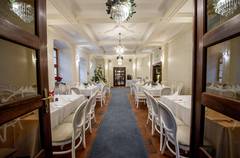

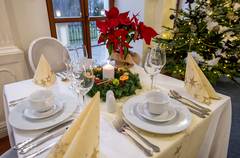
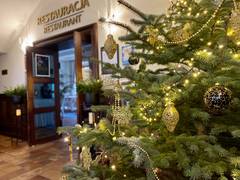

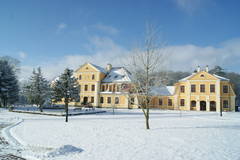
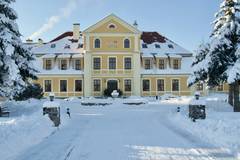






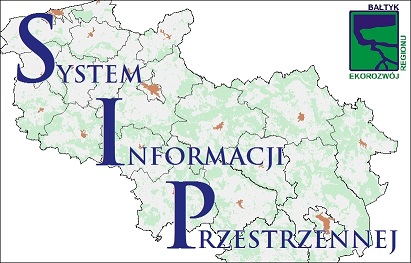





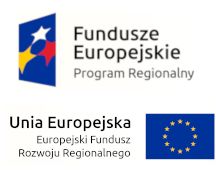 Rozwój infrastruktury kajakowej na terenie Dorzecza Parsęty
Rozwój infrastruktury kajakowej na terenie Dorzecza Parsęty

